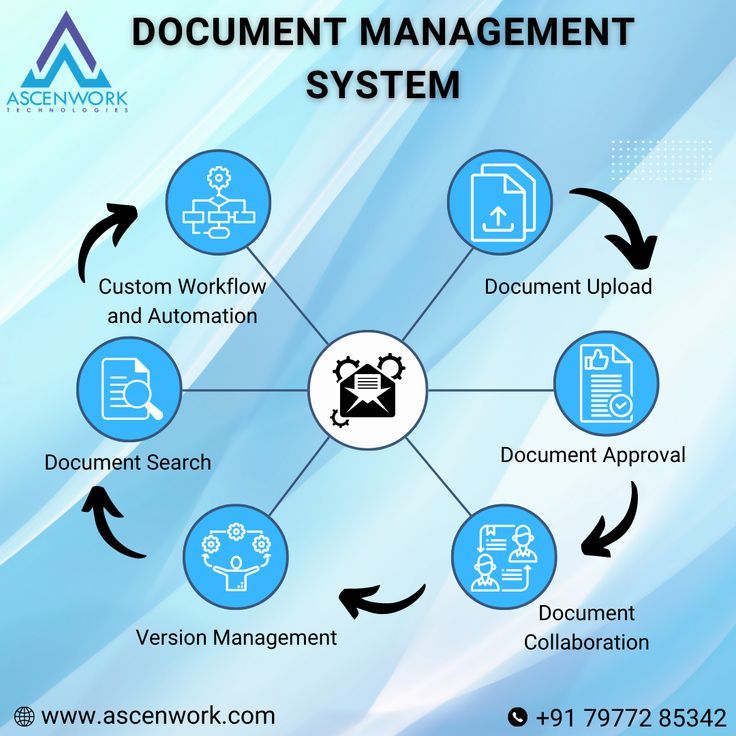
In the digital age, education is not confined within the walls of a traditional classroom. Learning Management Systems (LMS) have become the backbone of educational institutions, businesses, and organizations aiming to provide educational content online. However, as online learning platforms proliferate, it is crucial that they are accessible to all users, including those with disabilities. This is where Section 508 compliance comes into play.
Section 508 is a part of the Rehabilitation Act of 1973, which requires federal agencies to make their electronic and information technology (EIT) accessible to people with disabilities. In simple terms, this means that any LMS used by federal agencies or by institutions receiving federal funding must be designed so that individuals with disabilities have equivalent access to the learning content.
A Section 508 Compliant LMS guarantees that every feature and functionality supports accessibility. This includes screen reader compatibility for the visually impaired, captioning for videos for the hearing impaired, keyboard navigation for those unable to use a mouse, and clear design layouts that assist users with cognitive disabilities.
The demand for compliant LMS platforms has risen sharply since education and training have shifted significantly online. Educational institutions must ensure their chosen LMS meets various compliance standards or risk losing federal funds or facing legal actions due to non-compliance. More importantly, failing to comply with Section 508 is a disservice to a substantial population that deserves equal access to education and professional development.
An advantage of adhering to Section 508 guidelines is the improvement in overall usability. An accessible LMS benefits not only those with disabilities but also creates a more user-friendly environment for all learners. This universal design approach improves engagement and ensures that educational content has the broadest possible reach.
Looking ahead, organizations developing or purchasing an LMS must prioritize Section 508 compliance. They need to work closely with vendors who understand the importance of such standards and who commit to providing regular updates as technology evolves and accessibility requirements become more sophisticated.
Leaders in providing 508 Compliant Learning Management Systems include companies such as Blackboard, Moodle, and Canvas among others. These providers have worked diligently to ensure their platforms meet the needs of all learners by embracing inclusive design principles. As we continue to move towards a future where education is increasingly conducted in a virtual space, making sure that no learner is left behind because of accessibility barriers will remain a crucial objective.
In conclusion, Section 508 compliance is not just a legal necessity; it’s an ethical imperative aimed at fostering equality in education through technology. When selecting an LMS, it’s vital for institutions to look beyond mere functionality and consider whether the platform makes learning accessible and equitable for all students – because every learner deserves access to quality education.
